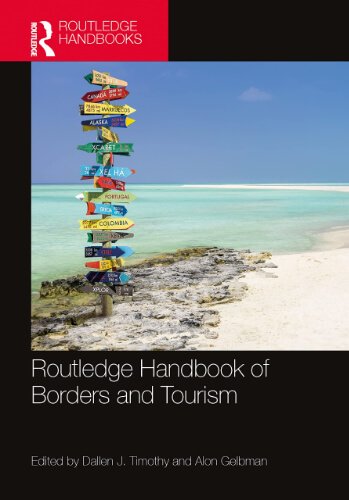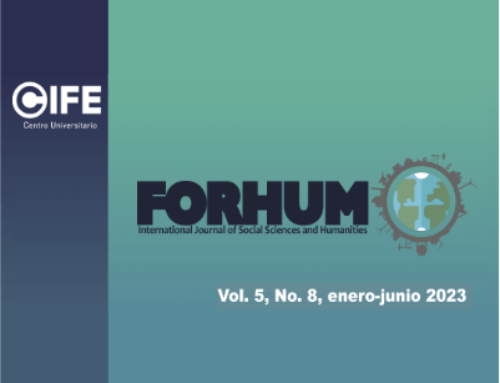
Capitulo Recomendado

Descripción
El Manual de Fronteras y Turismo de Routledge examina las múltiples y diversas relaciones entre el turismo global y las fronteras políticas. Con contribuciones de pensadores destacados internacionales, este libro ofrece marcos teóricos para comprender las fronteras y el turismo y ejemplos empíricos de zonas fronterizas de todo el mundo.
Este manual proporciona una visión general completa del pensamiento histórico y contemporáneo sobre la evolución de las fronteras nacionales y el turismo. El turismo, por definición, implica que personas crucen fronteras de diversas escalas y se manifiesta en una amplia gama de conceptualizaciones de la movilidad humana.
Las fronteras influyen significativamente en el turismo y determinan cómo la industria crece, se gestiona y se manifiesta sobre el terreno. Al mismo tiempo, el turismo afecta fuertemente las fronteras, las leyes fronterizas, las políticas fronterizas y las relaciones internacionales.
Este libro destaca las relaciones tradicionales entre las fronteras y el turismo, incluidas las fronteras como atracciones, barreras, espacios de tránsito y determinantes de los paisajes turísticos.
Ofrece una visión más profunda del pensamiento actual sobre el espacio y el lugar, la movilidad, la globalización, la ciudadanía, el conflicto y la paz, la cooperación transfronteriza, la geopolítica, la “otredad” y el aquí versus allá, la patrimonialización de las fronteras y la creación de memoria, la biodiversidad y las fronteras. procesos de desfronterización y refronterización.
Este manual, que ofrece una visión interdisciplinaria incomparable de las fronteras políticas y el turismo, será un recurso esencial para todos los estudiantes e investigadores de turismo, geopolítica y estudios fronterizos, geografía, antropología, sociología, historia, relaciones internacionales y estudios globales.
Description
The Routledge Handbook of Borders and Tourism examines the multiple and diverse relationships between global tourism and political boundaries. With contributions from international, leading thinkers, this book offers theoretical frameworks for understanding borders and tourism and empirical examples from borderlands throughout the world.
This handbook provides comprehensive overview of historical and contemporary thinking about evolving national frontiers and tourism. Tourism, by definition, entails people crossing borders of various scales and is manifested in a wide range of conceptualizations of human mobility. Borders significantly influence tourism and determine how the industry grows, is managed, and manifests on the ground. Simultaneously, tourism strongly affects borders, border laws, border policies, and international relations.
This book highlights the traditional relationships between borders and tourism, including borders as attractions, barriers, transit spaces, and determiners of tourism landscapes. It offers deeper insights into current thinking about space and place, mobilities, globalization, citizenship, conflict and peace, trans-frontier cooperation, geopolitics, “otherness” and here versus there, the heritagization of borders and memory-making, biodiversity, and bordering, debordering, and rebordering processes.
Offering an unparalleled interdisciplinary glimpse at political boundaries and tourism, this handbook will be an essential resource for all students and researchers of tourism, geopolitics and border studies, geography, anthropology, sociology, history, international relations, and global studies.





